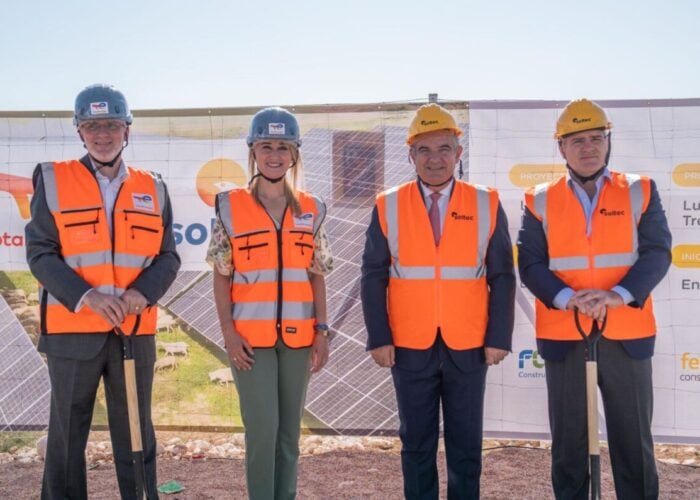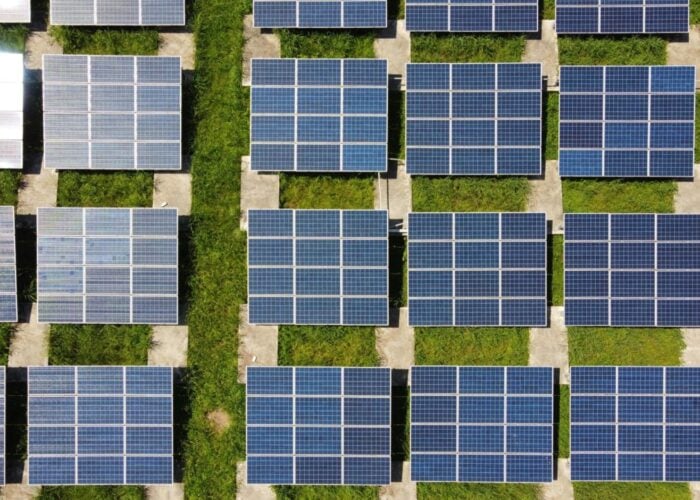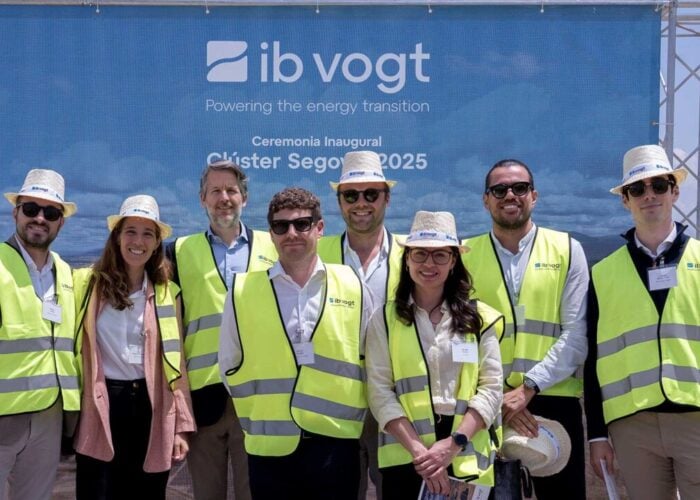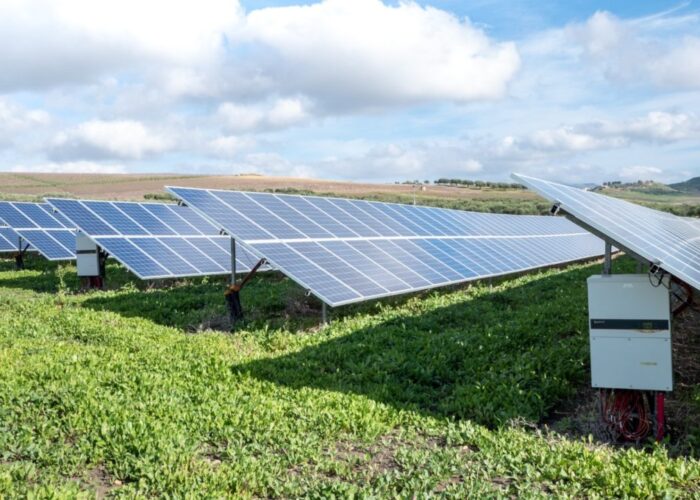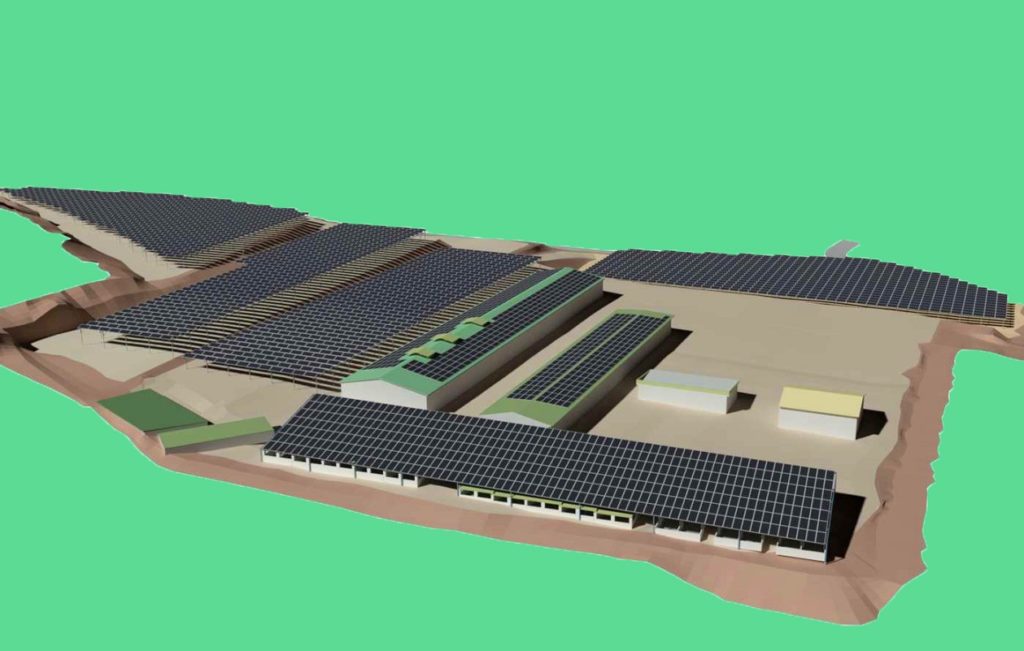
Residents living near two towns on the east coast of Spain will soon be able to sign up to receive power from the country’s first community agrophotovoltaic projects, which are being built to help reduce local electricity bills while exploring the impact solar shading has on the cultivation of tropical fruit.
The municipalities of Picassent and Montserrat in the Valencia region will host agroPV parks with a capacity of 1.5MW and 1MW, respectively, that are set to be connected to the grid by the end of the year.
Unlock unlimited access for 12 whole months of distinctive global analysis
Photovoltaics International is now included.
- Regular insight and analysis of the industry’s biggest developments
- In-depth interviews with the industry’s leading figures
- Unlimited digital access to the PV Tech Power journal catalogue
- Unlimited digital access to the Photovoltaics International journal catalogue
- Access to more than 1,000 technical papers
- Discounts on Solar Media’s portfolio of events, in-person and virtual
Initially, these two projects will supply the energy needs of around 500 consumers – including households, businesses and public facilities – located within a 50km radius, with the potential to expand both developments in the future to meet demand.
The projects will be supported by funding from the European Union (EU), the Spanish government and the local Valencian authority, as well as a €100 (US$119) fee that each consumer pays to become a member of cooperative Sapiens Energía, which specialises in the creation and management of such renewable energy communities.
The community model is ultimately “about putting energy in the hands of the people”, says Juan Sacri, co-founder and president of Sapiens Energía, who says public interest has been strong from previous community solar projects the organisation has worked on before, in part due to an increased awareness surrounding the environmental impacts of electricity consumption as well as concerns about energy bills.
Sacri says consumers from the new agroPV plants could see savings of “between 20% and 30%” on their annual electricity bill. In a move to reduce energy poverty in the local area, part of the electricity from each project will also be allocated for residents who struggle to pay their bills.
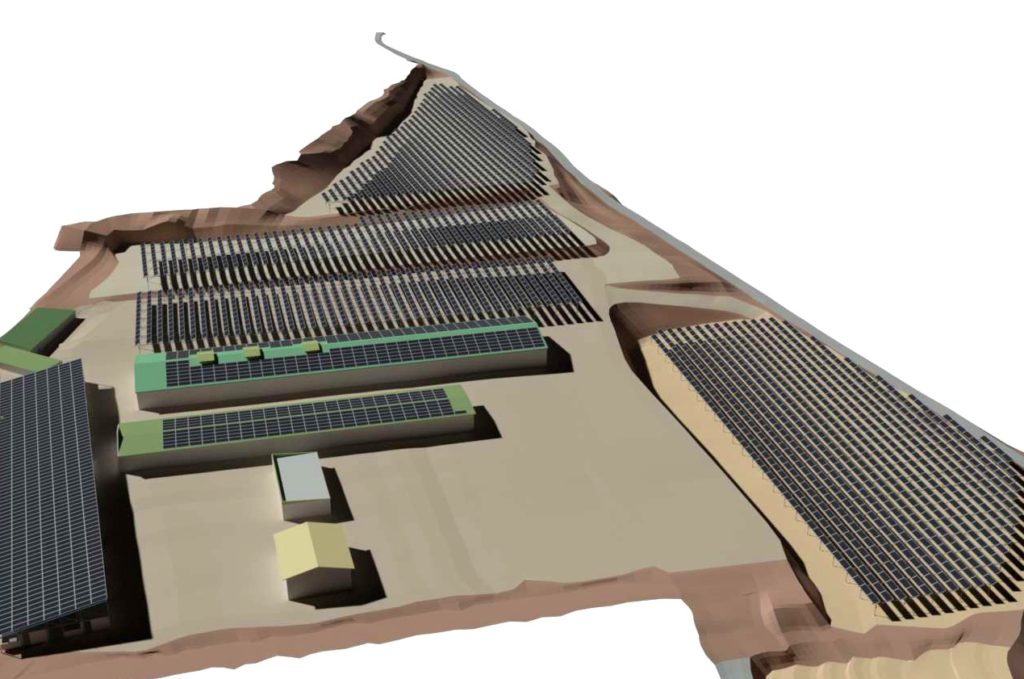
As Sapiens moves into the agroPV segment for the first time, Sacri points to successful projects that have previously been implemented in markets such as Germany, France, the US and Japan. “In the specific case of Spain, it can help alleviate two problems that have worsened in recent years: price pressure for agricultural producers and the lack of job opportunities, which have triggered rural depopulation.”
The site of the Picassent facility was previously a pig farm for 20 years. It has been renovated to allow for the deployment of both ground-mounted and rooftop PV, featuring a total of 3,744 modules of 400W alongside 12 string inverters.
As the Montserrat project, which has been used for the cultivation of wine grapes, 2,496 modules will be installed in a field at a minimum height of 2.5 metres above ground level and be connected to five string inverters.
Spanish PV developer Transición Energética Solar (TRANESOL) has partnered Sapiens Energía to bring forward the projects, while Valencia-based company Ingeniería y Desarrollos Renovables will carry out construction work, which is slated to begin before the summer.
“We consider that although they are more complicated projects to implement, all possible disadvantages will be amply cancelled out by the benefits obtained.”
José Castelblanque, TRANESOL
The partners are initially looking to use the sites to plant a range of tropical crops such as dragon fruit as well as medicinal plants and mushrooms. According toTRANESOL, the optimisation of shading will be one of the main aspects that detmine the success of the projects.
Alongside the opportunity to explore crop growth beneath solar installations, other benefits that are provided by colotating solar with agriculture include increasing land profitability, boosting employment and making use of perimeter security systems to prevent the theft of high-value crops. “We consider that although they are more complicated projects to implement, all possible disadvantages will be amply cancelled out by the benefits obtained,” says José Castelblanque, director of operations at TRANESOL.
Support from the Valencian government is said to have been crucial in positioning the region as Spain’s leader for community solar, with €500,000 of non-refundable grants provided for seven projects in 2020. This fund has been increased to €2 million this year, with grants covering up to 65% of project costs.
On the back of the two new plants, Castelblanque believes the community agroPV model could be copied in other parts of Spain in the future: “Without doubt it is a replicable model, although it requires detailed study of the characteristics of each zone to be able to implement the most appropriate crops.”


